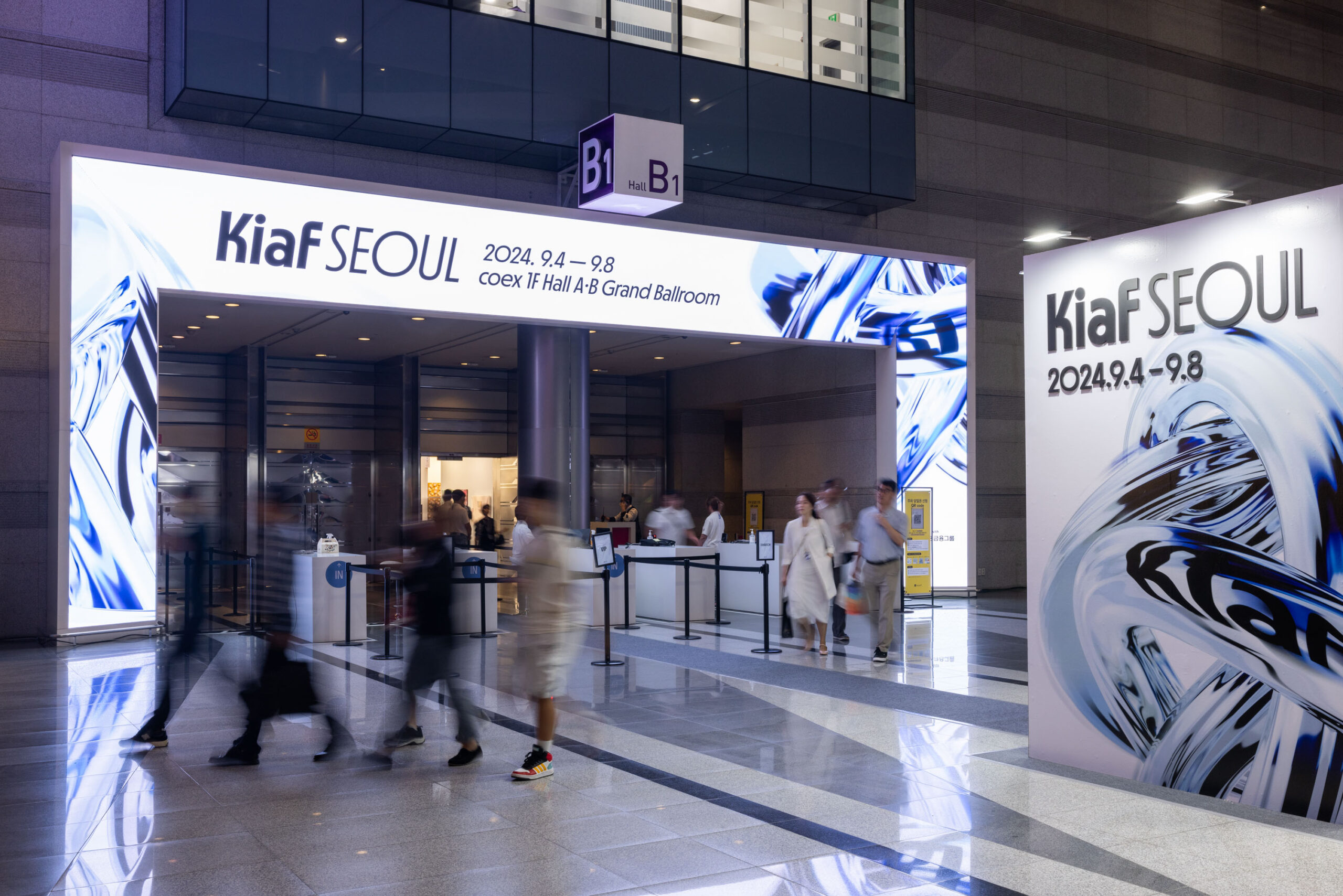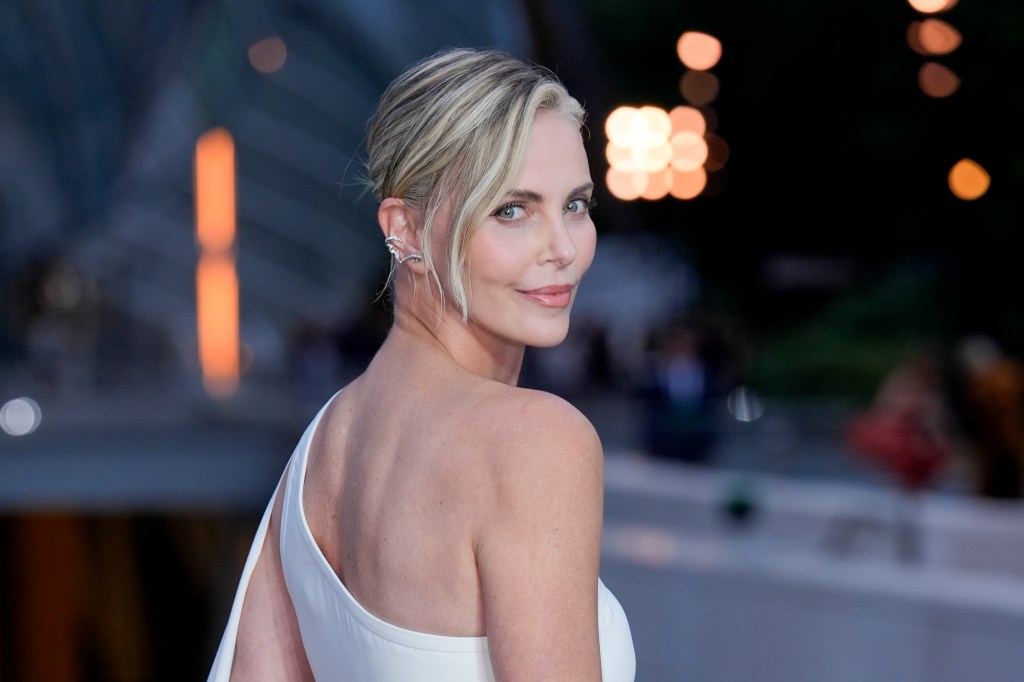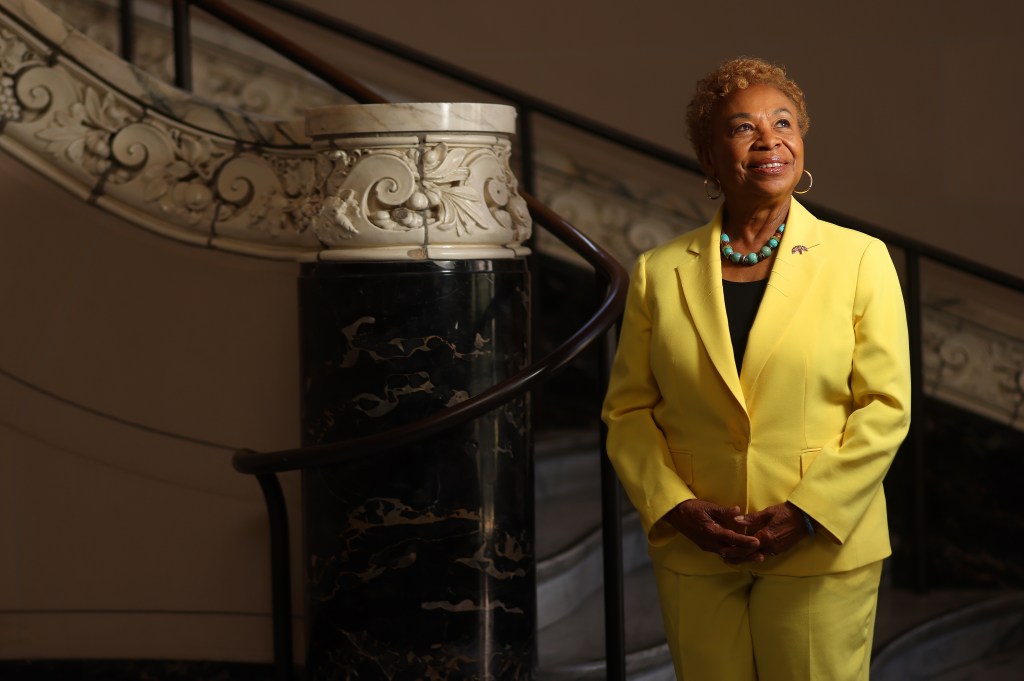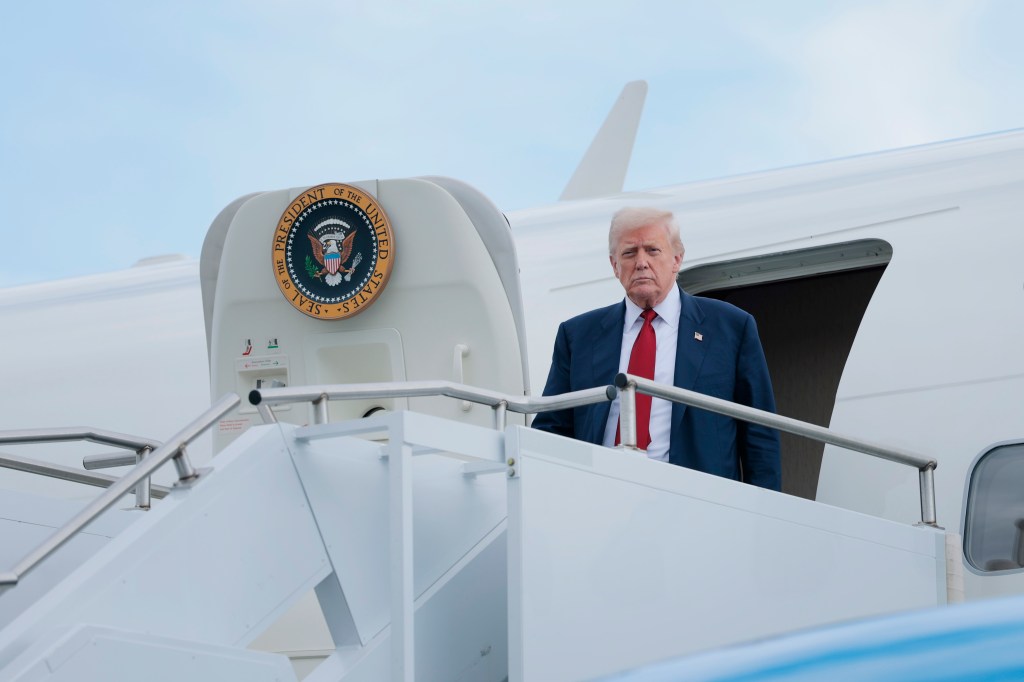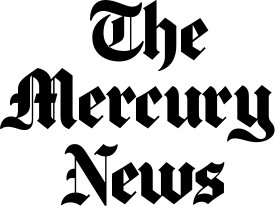
Founded in 2002 by the Galleries Association of Korea, Kiaf has been deeply rooted in—and sustained by—its close ties to South Korea’s gallery system from the outset. Globally, it’s rare for an art fair to be organized directly by a national gallery association. Beyond Art Taipei, Kiaf remains one of the few prominent examples, and the fair’s strong and lasting relationship with Korea’s gallery ecosystem has helped it grow into what it is today.
The fair returns to the COEX Center on September 3 for its 24th edition, with 175 participating galleries hailing from South Korea and more than twenty other countries. With a little less than a month to go until opening day, Observer connected with Eunice Jung, the fair’s director and head of the Galleries Association of Korea, to get her thoughts on the state of Korea’s art scene.
Since its founding, Kiaf has grown in step with the domestic gallery sector. Over the past two decades, the Korean art market has undergone a remarkable transformation. Jung says that when Kiaf launched, the market was valued at roughly KRW 200 billion; by 2023, it was approaching KRW 1 trillion. “While it remains sensitive to global economic shifts, the market has shown steady and resilient long-term growth, and Kiaf has evolved alongside it.” Over these years, the fair has matured into one of international standing while maintaining a distinct identity rooted in the richness and dynamism of Korea’s contemporary art scene.


Jung acknowledges that the 2008 global financial crisis and the COVID-19 pandemic from 2020 to 2022 were critical inflection points. “During these periods, galleries faced considerable challenges—from exhibition delays to temporary closures—but these moments also became catalysts for innovation.” Like many of its member galleries, Kiaf adapted by embracing digital innovation and exploring new engagement channels. “The shift toward online platforms allowed us to connect with a younger and more diverse audience—especially the Millennials and Gen Z—who often encounter art first through social media. Instagram, in particular, emerged as a powerful medium for discovery and connection, significantly influencing collecting behavior and public engagement.”
When the pandemic prevented Kiaf from holding an in-person event in 2020, the fair launched an online viewing room, overhauled its brand identity, and realigned its communication strategy to emphasize digital channels. For Jung, the period marked a profound shift in how the fair approaches audience engagement. “Our demographic has since expanded beyond traditional collectors to include emerging audiences with new interests, values and expectations.”
Today, Kiaf wants to position itself not only as a market platform but also as a cultural event that prioritizes artistic experience. “We’ve expanded our programming to create more pathways for audiences to connect with contemporary art,” Jung says.


The arrival of Frieze in Seoul in 2022 introduced new challenges and new opportunities, forcing Kiaf to sharpen its role in a more competitive environment. “It pushed us to raise the fair’s quality even further to international standards while staying rooted in the strengths of Korea’s gallery network,” Jung explains. “Sharing the stage with a globally recognized brand has pushed us—not only in scale, but in refining our identity, programming and global positioning.” Frieze has been both a test and a catalyst. “It challenged us to rethink what makes our fair distinctive, and further to refine our role within a rapidly changing art scene,” Jung says, noting that while a degree of competition is inevitable, they view it as a constructive force. “Healthy competition drives innovation.”
Recalling the first edition of Frieze Seoul, Jung admits the energy was extraordinary thanks to dense crowds, heightened anticipation and an unprecedented spotlight on Seoul as a new cultural hub. At the same time, she believes Kiaf played a key role as the gateway for many local collectors during that transitional year. “As Frieze began to establish its presence, the dynamic naturally shifted,” she recalls. “We observed changes in collector behavior and media attention, and began thinking deeply about what kind of experience Kiaf should offer moving forward.”
Since then, the ecosystem has found a balance. Time-slot entry systems helped manage the initial congestion, and Frieze has steadily adapted its programming to reflect more of the local context. For Jung, however, the relationship between the two fairs is evolving. While Kiaf retains a deeply rooted cultural and institutional identity in Korea, Frieze brings a global lens and platform. Yet the increasing participation of Korean galleries—almost thirty this year—is a clear sign of its growing localization, and Jung acknowledges that as Frieze becomes more embedded in the local art scene, it’s likely that competition between the two fairs will intensify. Still, together, the two fairs are reshaping Seoul into one of Asia’s most dynamic art capitals, and according to Jung, how each fair continues to evolve will shape the next chapter of that story.


Jung is quick to agree that Frieze’s arrival in Seoul amplified international attention on the Korean art market, but she also notes that a single event didn’t drive the 2022 art boom. It was the result of a perfect convergence of factors: the increased visibility of celebrity collectors (think RM of BTS), the viral reach of social media, the cultural impact of landmark donations like the late Lee Kun-hee Collection and even public discourse around tax policies related to art. “Art collecting began to transcend elite circles and emerged as part of a broader lifestyle shift, especially among Korea’s Gen Z generation, who value identity, self-expression and experiential consumption,” she explains.
Today, Seoul commands an entirely different level of international visibility during art fair week and throughout the year. “September in Seoul has become a true celebration of contemporary art,” Jung says. They count on strong support from both the public and private sectors. “We now see meaningful collaboration across galleries, museums and nonprofit organizations, generating real cultural momentum and a vibrant sense of community.”
As Kiaf prepares for each new edition, Jung says they’re seeing increasing engagement from institutions and foundations across regions like the Middle East, Europe and parts of Central Asia. For Kiaf’s director, this expanding regional reach reflects how deeply global curiosity around Korean contemporary art has grown.
While in the 2010s Art Basel Hong Kong served as Asia’s dominant art hub, shifting political dynamics and the pandemic’s impact have redrawn the regional map, according to Jung. “Seoul—now home to two major fairs and several international gallery outposts—has emerged as a strong contender,” Jung says. However, she believes the real driving force behind this momentum lies in the strength of Korean artists: their sensibility, visual language and capacity to engage local and international audiences.


Jung also points out that the surge of global attention on South Korea isn’t limited to the art world—it’s part of a much broader cultural phenomenon: the so-called Korean Wave. “From Squid Game and K-pop to Korean cinema and animation, Korean creative expression is resonating on an unprecedented global scale,” she notes. “Contemporary art is a natural part of that wave. Its power to tell nuanced, emotional stories rooted in Korean experience—while still reaching across borders—makes it uniquely compelling.”
Just a few years ago, artists like Lee Bul or Do Ho Suh had to build reputations abroad before receiving widespread recognition at home. Now that dynamic has completely shifted. “Today’s Korean artists are leveraging digital platforms to engage global audiences directly, receiving immediate feedback and building organic followings across continents,” Jung says. “It’s no longer just about export but about true exchange. And I see that as a healthy sign of a maturing, globally connected art ecosystem.”
Yet Frieze’s arrival coincided with a market boom, when Korean collectors were highly active. Since then, momentum has significantly slowed: South Korea’s art market reportedly contracted by 15 percent last year.
Jung acknowledges that 2024 has been a challenging year for the Korean gallery sector—and the country more broadly—not only due to economic uncertainty, but even more so because of political instability. Still, after the first half of the year, she feels the political situation has begun to stabilize, offering a more solid foundation for planning and outlook.
“Like many other markets, Korea’s art scene hasn’t been immune to global economic pressures,” she says, explaining how real estate activity has cooled in certain regions and how international developments—such as shifts in U.S. trade policy—have added further unpredictability. “Naturally, this wider climate could impact major cultural events like Kiaf SEOUL,” she says. Jung remains optimistic, particularly after the government introduced a nationwide stimulus plan to revive domestic consumption. “There are strong signs of resilience,” she states, noting how one of the pandemic’s unexpected legacies was the expansion of the art audience in Korea. “Art collecting is no longer seen as a pursuit for a privileged few but is understood as a lifestyle choice and a form of self-expression, especially among younger generations.”


For Jung, this broader cultural shift already provides confidence in the market’s long-term trajectory. At the same time, public institutions and government agencies are more attuned than ever to the value of contemporary art as a pillar of Korean soft power, alongside music, film and fashion. Kiaf has already seen faster ticket sales than in previous years, reports Jung, with strong interest from corporate partners looking to engage through group attendance and sponsorship.
Still, this year, the fair’s approach is more measured. “We’re focusing on delivering a fair that balances ambition with sustainability—one that reinforces the local art ecosystem while continuing to pursue global standards,” Jung explains. “While the macroeconomic environment may be complex, we remain deeply optimistic about the depth and potential of the Korean art market.”
Art fairs serve different roles depending on the state of the local art ecosystem and the maturity of the collector base. Although some galleries and collectors were already active in South Korea in the 1950s and ‘60s, the art market is still relatively young. “When I first entered the field in 2008, collecting art felt foreign to most people; it was niche, almost esoteric,” she recalls, noting how, at the time, the market’s annual turnover hovered around KRW 400 billion, which she half-jokingly compared to the output of a mid-sized tofu company. Compared to the Korean film industry, already valued at KRW 2 trillion, art was still finding its place.
Then came the pandemic. The market expanded rapidly, but some of that growth has since stabilized due to economic headwinds. Jung acknowledges there was also a moment of overheated speculation, especially around 2023. “I recall people queuing at fairs asking whether a certain artwork would go up in value before even asking about the artist,” she says. That phase may have been inevitable, but the market has matured. “These days, families attend Kiaf together. Visitors want to understand artists’ worldviews and creative processes—not just their price points.”
What matters most is that the foundation has changed. “The base is now broader, deeper and far more engaged,” Jung explains. “Today, you don’t need to spend millions participating in art. Collecting and living with art is increasingly normalized across Korean households. That’s a meaningful cultural shift, especially given that Korea’s traditional education system focused more on technique than appreciation.” Indeed, in recent years, South Korea has experienced a remarkable surge in the desire to engage with art. “People are not only visiting museums and art fairs more but also beginning to see art as something to live with, not just consume.”


Kiaf responded by introducing a membership program targeting younger collectors in their 30s and 40s. “It’s a program that provides access to gallery openings, museum programs and intimate conversations with artists and established collectors,” Jung explains. “Since its launch, we’ve seen consistent renewals—a sign of growing commitment and curiosity.”
Looking ahead, Jung’s priority is not simply expansion. “Our goal is to embed art into everyday life—to help it become a natural part of how people live, think and express themselves. For any market to grow sustainably, it needs to be rooted not just in commerce, but in culture.” The quality of the gallery selection and booth presentations remains at the core of Kiaf’s goals. “Together, they provide a vivid snapshot of the current moment in contemporary art and often set the tone for the fair as a whole.”
This year, the fair will feature a special exhibition supported by the Ministry of Culture, Sports and Tourism and the Korea Arts Management Service as one of its highlights. Guest curators will present exhibitions that reflect timely perspectives and evolving trends in contemporary art. As this edition coincides with the 60th anniversary of normalized diplomatic relations between Korea and Japan, two emerging curators—Yuli Yoon (head curator of Ilmin Museum of Art, Korea) and Tomoya Iwata (director of the 5th Floor, Japan)—have been invited to organize a joint exhibition. Focused on mediums often underrepresented at art fairs, such as media art and installation art, the show explores themes of collecting and display, interpreted through the distinct yet intersecting cultural lenses of both countries.
“The collaboration between Yoon and Iwata, shaped by different languages, experiences and curatorial approaches, has been inspiring to witness,” says Jung. “Their deep and dynamic exchange, grounded in mutual respect, is what I believe makes this project so powerful. I’m confident that the resulting exhibition will not only be visually compelling but also conceptually rich.”
For Jung, this show will serve as a curatorial anchor for Kiaf SEOUL 2025, connecting the fair’s expansive physical layout with a unified narrative—and its commercial setting with the broader cultural mission the fair and the organization pursue, as a platform connecting the Korean art scene with the world.
Kiaf SEOUL returns to COEX on September 3, 2025.


More in art fairs, biennials and triennials
<
